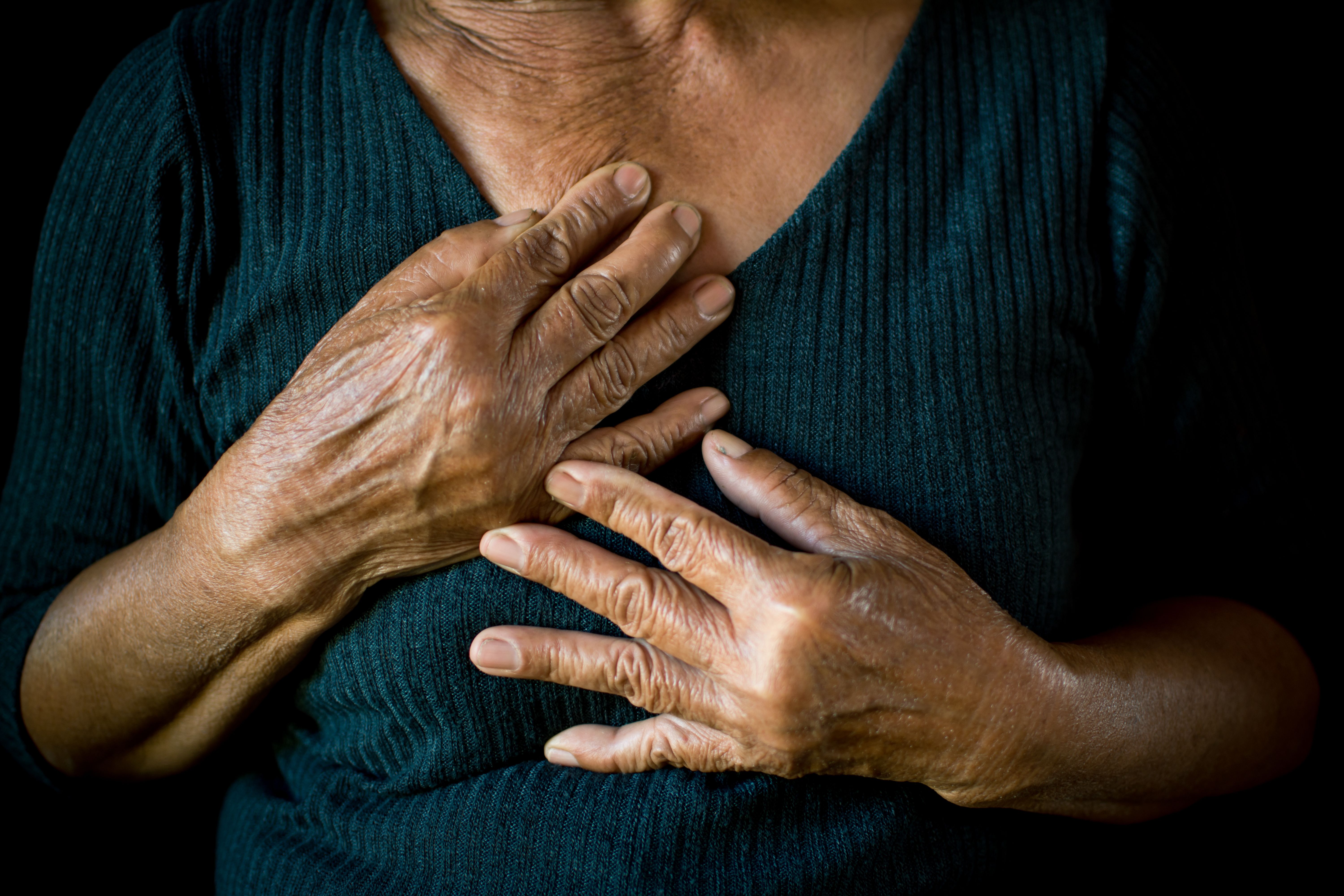- Acne
- Actinic Keratosis
- Aesthetics
- Alopecia
- Atopic Dermatitis
- Buy-and-Bill
- COVID-19
- Case-Based Roundtable
- Chronic Hand Eczema
- Chronic Spontaneous Urticaria
- Drug Watch
- Eczema
- General Dermatology
- Hidradenitis Suppurativa
- Melasma
- NP and PA
- Pediatric Dermatology
- Pigmentary Disorders
- Practice Management
- Precision Medicine and Biologics
- Prurigo Nodularis
- Psoriasis
- Psoriatic Arthritis
- Rare Disease
- Rosacea
- Skin Cancer
- Vitiligo
- Wound Care
Article
Ustekinumab sometimes associated with interstitial lung disease
Author(s):
Doctors should be vigilant about recognizing the signs and symptoms of patients who may develop ILD in order to prevent catastrophic complications, such as respiratory failure.
Doctors should be vigilant about recognizing the signs and symptoms of patients who may develop ILD in order to prevent catastrophic complications, such as respiratory failure. (Sawitreelyaon - stock.adobe.com)

Ustekinumab (Stelara) is a humanized monoclonal antibody that binds with specificity to the p40 protein subunit. The p40 subunit is used by interleukin 12 (IL-12) and IL-23 to activate T lymphocytes and other inflammatory cells such as natural killer cells. In 2009 it was approved by the FDA for treatment of adults with plaque psoriasis. In 2016 ustekinumab was further approved for the treatment of Crohn's disease. The most common side effects associated with ustekinumab use were upper respiratory infections.
Writing in the December issue of JAMA Dermatology, Dr. Allen Brinkler, of the office of surveillance epidemiology at the FDA, described his analysis of postmarketing cases of interstitial lung disease associated with ustekinumab use.
Articles reported in the literature and in the FDA Adverse Event Reporting System (FAERS) database were reviewed from 2009 to 2017. Cases that were more than 2 years from ustekinumab initiation or that had an alternative explanation for the ILD such as connective tissue diseases were excluded.
There were twelve cases that were identified as interstitial lung disease temporally associated with ustekinumab use. The most commonly reported symptoms were cough, dyspnea, and fatigue. There were no fatalities in the reported cases of ILD temporally associated with ustekinumab use, however, seven of the cases reported required hospitalization and one required ventilatory support.
Of the 12 cases, seven were reported as interstitial pneumonia, three as eosinophilic pneumonia, one as hypersensitivity pneumonia and 1 as organizing pneumonia. The author notes that a major limitation of this study is that the FAERS database is subject to substantial underreporting. This would suggest that the incidence of ILD in patients receiving ustekinumab is underappreciated in the literature.
The manifestation of noninfectious pneumonia in patients receiving ustekinumab is still rare, and its mechanism remains unclear. One theory postulates that the etiology of drug-induced ILD is a hypersensitivity pneumonitis. It is important to recognize that drug-induced ILD is not dose dependent. Furthermore, another mechanism of possible pneumonitis specifically attributed to biologic medications like ustekinumab is its effect of IL-12 and IL-23. The inhibition of these proteins, further impede TH1 and TH17 helper T cells, this may accentuate a TH2 dominant reaction leading to activation of eosinophils and more hypersensitivity reactions.
This post-marketing surveillance study suggests that ustekinumab is associated rarely with ILD. Non-infectious pneumonia was added to the important safety information.
It is necessary to be vigilant at recognizing the signs and symptoms of patients who may develop ILD in order to prevent catastrophic complications such as respiratory failure.
Reference
Brinker A, Cheng C, Chan V. Association of Noninfectious Pneumonia With Ustekinumab Use. JAMA dermatology. 2018 Dec 12.
Newsletter
Like what you’re reading? Subscribe to Dermatology Times for weekly updates on therapies, innovations, and real-world practice tips.







